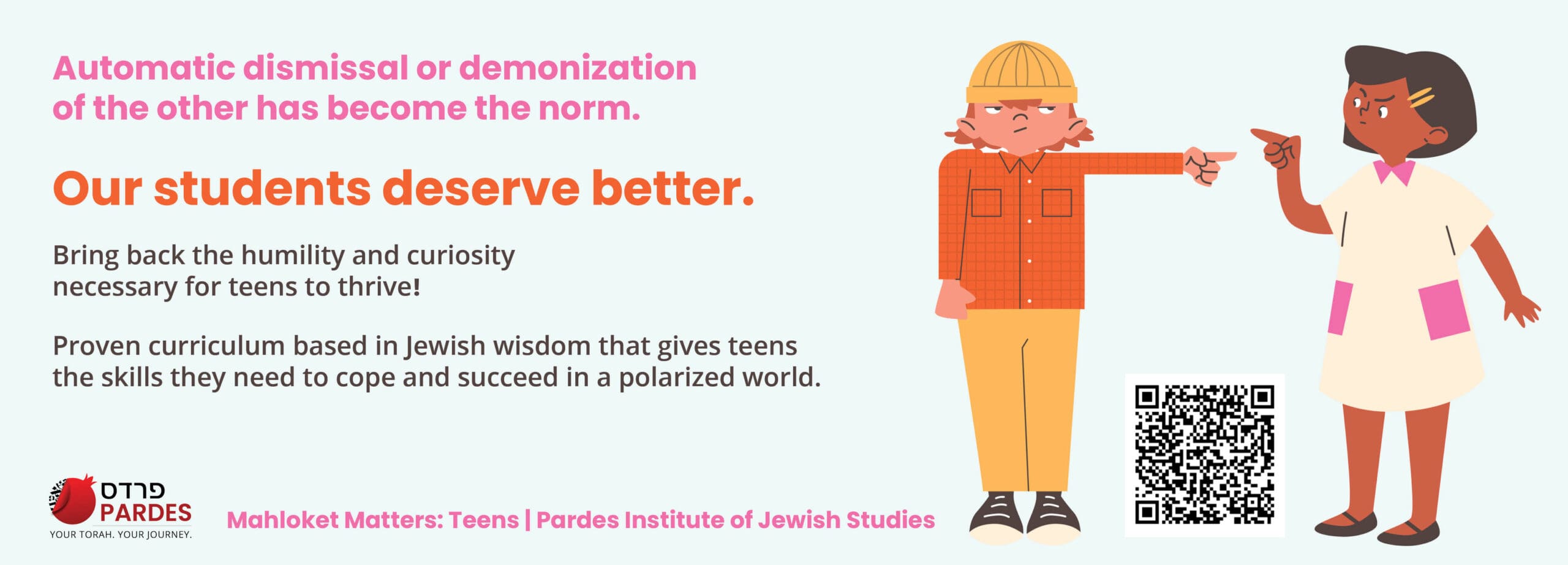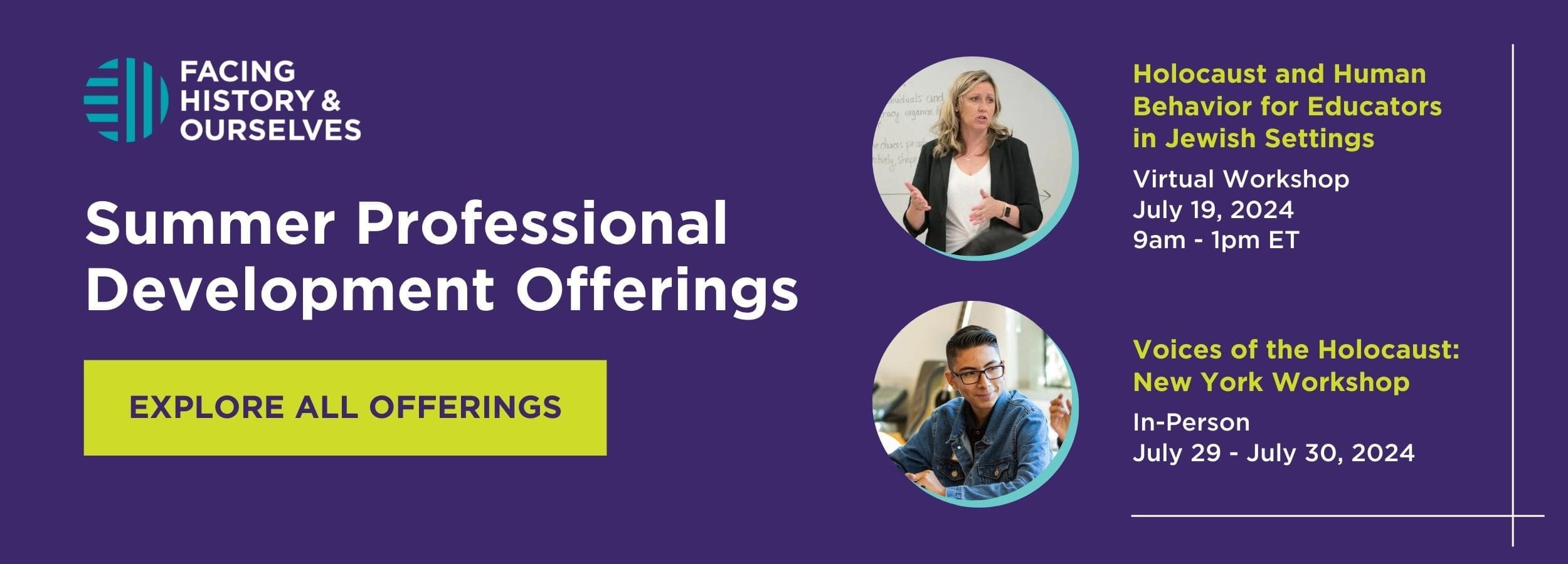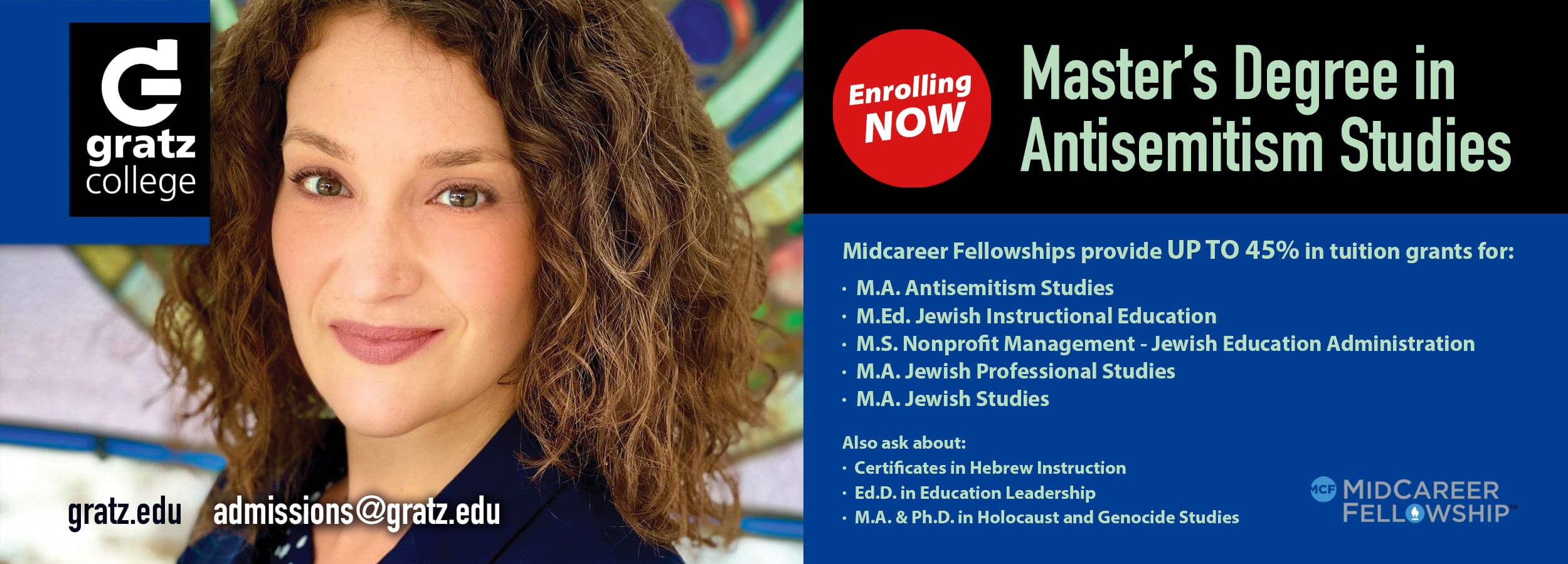Realities and Opportunities of Diversity in an Orthodox School: an Interview with Leonard Matanky

Leonard A. Matanky is the Dean of Ida Crown Jewish Academy and Rabbi of Congregation K.I.N.S. of West Rogers Park. Rabbi Dr. Matanky is a member of the Expanded Executive of the World Zionist Organization and an honorary governor of the Orthodox Union. He is the past president of the Rabbinical Council of America Religious Zionists of America and the Chicago Rabbinical Council. He co-authored HaMadrikh: The RCA Lifecycle Guide (2023), is associate editor of the RCA siddur, Avodat HaLev, (2018), is editor of The Koren Siddur for the House of Mourning (2019), and has written numerous articles on Jewish education, American Jewry, and rabbinic leadership.
Jewish Educational Leadership: In what ways do you see diversity as a challenge in your school and in what ways do you see it as an opportunity?
Leonard A. Matanky: I see diversity as a reality. Because our schools have always been diverse, the question is, how diverse should our schools be? On the one hand, we can talk about tribes, every tribe had its own personality, and those personalities didn’t always mesh so beautifully, like the way that Yissakhar and Zevulun are often presented. So, I see diversity as something that has always been present. I think the one challenge we have, when it comes to the question of diversity is the very same kinds of things that Jonathan Haidt talks about when he talks about the moral foundations theory and how we view that diversity within a religious institution. And so, our school has always been a diverse institution, but we’re still an Orthodox institution. And, as a result, because of sanctity, authority, and loyalty, we have boundaries. I once said in a presentation, we believe in a very big tent, but at some point, the fabric runs out. Diversity is both a reality and diversity is an opportunity. If you only deal with people who are just like you, you’re never going to fulfill the mission that we have as a Jewish people, and obviously, as Jewish educators.
Can you elaborate on your parable of the tent?
Sure. Here’s a good example. Ida Crown is celebrating its 80th year. There has not been a year in our history, from the very beginning, in which our population has been exclusively Orthodox; from the very beginning we’ve always reached out to the broadest of communities. As a school in what others refer to as an “out-of-town community,” that’s the nature of who we are—we have to serve our entire community. We’ve had situations, for example in a halakha class, we’re not going to teach halakha that is not according to the Shulhan Arukh. We’re not going to say, “We believe X, but you can believe Y and Z.” We’ve had those challenges. But I instruct my teachers, that if a child is coming from a home—and it doesn’t make a difference if the home is Orthodox or not—and the child raises their hand and says, “Hey, that’s not what we do. We do X, Y and Z,” that the teacher’s role is to say, “My responsibility is to teach you the mesorah. You can speak with your parents about this and maybe ask your own Rabbi what you should do.” Now, sometimes that “own Rabbi” is not an Orthodox Rabbi. We need to respect that. That’s how we balance our fealty to the mesorah while respecting and being open to others. We have students and alumni of the school who lead all different kinds of Jewish lifestyles—and I can be proud of all of them. As long as they remain committed, as long as they’re consistent, as long as they are fulfilling their role, even though I may not always agree with some of their choices.
What you just described in the halakha class is lovely. You handle it appropriately and respectfully, but it’s also a little bit easy. I’m curious to hear about situations that maybe were a little bit more difficult.
We believe that we create community, and that means building relationships within the school. And so, while we respect every family to lead the lifestyle that they choose, and there are some families that may have different standards, whether it’s kashrut or Shabbat or any other area within Jewish living, we don’t impose ourselves on the families, except—and this is where it gets sometimes touchy—when we create those relationships. For example, if a family were to host an event at their home, whatever that event is going to be called, and that event includes inviting other students from the school, then if the event doesn’t follow halakhic standards, we, as an Orthodox school, have a responsibility regarding that—especially since we’ve created those communities. In reality, the overwhelming majority of families understand it, so that if a family that doesn’t keep kosher invites other kids over to the house, I would be shocked if they’re going to serve food that is not kosher. But this could get complicated if the family was not sensitive. At that point I believe that the school would need to be involved as well, because we created that community. This raises the question of where the boundaries are. Does the school end with the walls of our building or the boundaries of our property, or does the school include the community? That’s one of the challenges when you have that broader tent.
I’ve been doing this for almost 30 years, and today we’re dealing with a different generation. There were things that the children of 30 years ago did which were considered rebellious which today are considered normative in general society, and we need to learn how to navigate those differences. A very wise educator once told me that there can’t be one set response to the same problem because the same problem has different people involved, even in the same generation. One of my favorite examples goes back a long time ago when I heard that some of the kids were leaving campus and going to a non-kosher restaurant for lunch. I went to that restaurant wearing a baseball hat, where I confronted the kids as they were eating salad. There were two children, one came from an Orthodox home, and one came from a home that did not have Orthodox kashrut standards. The child from the Orthodox home was suspended for a period of time; the child from the non-Orthodox home was given a hevruta with whom to learn about kashrut. When I was challenged, I said simply that one understood that what they were doing was against halakha while the other did not. They can’t be judged the same. That’s what happens when you create diverse communities.
Obviously, there are different kinds of diversity. There can be diversities that go way beyond the tent that I mentioned earlier and then there are diversities that are in a much narrower band than ours. For us, for example, as an Orthodox school we will only accept students who are halakhically Jewish. Every parent wants to provide a protective bubble for their children; it’s just a question of how permeable they want that bubble to be. For us, our diversity is designed to accommodate the range of people who will feel comfortable in the cohesive community we are trying to create.
Can you think of an example of a case in which the school was stretched beyond its capacity to hold that diversity?
I have many. Here’s one that is more controversial, I believe. We had a child who had suffered from some mental health issues. At the end of a significant stage of therapy, we got a call from the therapist who said that the child’s gender identity was fluid and that the child wanted to identify as non-binary. As a result, the child wanted to change their name and wanted to use the pronouns “they” and “we.” The therapist insisted that these were necessary for the child and that we should respect the requests. I told the therapist that we would have no problem using the new name, and that I would instruct the teachers to begin using it, but that—after consulting with a halakhic authority—we have a halakhic problem with changing pronouns, so I will instruct the teachers to avoid using pronouns altogether regarding the child. We felt that was an appropriate response; not easy, not one taken lightly, but appropriate and one that we could live with.
Ultimately, the child did not come back to the school. I don’t think that our approach was the straw that broke the camel’s back—there were a number of other issues that probably played a more significant role.
We’ve had children who identified within the school as gay, and that was not problematic. But it is much more complicated when it’s non-binary or trans.
Do you consider the problem with changing pronouns an official policy now that you’ve asked the halakhic question? Is that something that is widely known or only raised when it becomes relevant? Did other community members know what was happening?
I would say as follows. The policy of the school is to follow the halakha. There are many halakhic issues, and we don’t necessarily have a policy for each one—that would be like including the Shulhan Arukh in the handbook. So, I’m a little hesitant to call it a policy per se. We asked the question, and we received our halakhic decision, and as an Orthodox school, when we get difficult issues, we rely on the piskei halakha. It’s not in the handbook as a formal policy. I mentioned it here knowing that it may be used, because it is a reality which arises.
That case was a private issue and we were able to keep it that way because it didn’t involve another child. We had another situation in which two mothers—who were part of the Orthodox community—were raising their daughter who applied to the school. Because we have an obligation to teach children Torah and to give them a good general education as well, we accepted the child. I had an open conversation with the parents, but it wasn’t something that we were going to trumpet. It actually became public after the family made aliyah and their story got written up in the Jerusalem Post, but the family was very grateful for the way we handled it. We treat these as private matters, like many other things that happen in a school that don’t go public because of the questions of confidentiality.
What about other kinds of differences? You’ve got kids who are physically different from others, racially different than others, and socio-economically different—all of which play out in lots of different ways. How do you deal with those kinds of differences?
That’s a wide range that you’re mentioning. In terms of the economic differences, we have always had a policy that no child will ever be denied a Jewish education because of the financial position of their family. That means that when we budget, the scholarship line is an estimate and has never been kept, and we’re very proud of it. Our budget is based on what we would take in if everyone paid full tuition; every dollar that we give out as a scholarship has to be generated through fundraising. This last year that was nearly 25% of our budget. The economic differences do play out, though, in a social way with students—and that does get complicated. When it comes to extracurricular programming, we also provide subventions for whatever’s needed, so that no child will ever be limited in their participation. Sometimes, those factors influence decisions regarding programming. We moved away from having a lot of Shabbatonim because of the cost factor. We created something new we call a “Friday-ton.” The students start out with a class period or so followed by something fun for the rest of the school day. That evening they come back to school for Friday night davening and for the seudah, and then we walk them all home. We cut the price dramatically to make it easier for everyone to participate.
As far as physical differences, when we built our building, we designed it to be all on one level, fully handicapped accessible. We’ve had students with wheelchairs. Even in our old facility, if we had students who couldn’t do stairs, we reassigned the rooms to accommodate them. Now we have students who can’t walk far, and we make the same kinds of accommodations. For students with hearing differences, we’ve arranged for microphones and speakers for the teacher or for the students. We partner with a program in Chicago called Keshet, which is for children with significant learning differences—those kids are part of our building, and we have buddies who are called Keshet buddies who eat lunch with them.
Here’s a great story. We once had an autistic student who liked to lie down—whenever and wherever he felt, and usually in one of the hallways, including one which was a major passing space. The other students got used to walking around him and saying “hi” as they passed, which taught them a tremendous amount.
When it comes to racial differences, we’ve had Ethiopian Jews, Jews of color, and Asian Jews who have come to the school, and though those students were absolutely accepted, there is still a challenge of racism in our community. With regards to programming on economic and racial differences, most recently, we created a relationship with an inner-city, private Christian school, located in one of the most difficult neighborhoods in the city. Those kids who have never met middle-class white children before have come to our school and we’ve sent our students to their school because we want the students in our modern Orthodox school to be better prepared for when they go on to university campuses and for when they go into the rest of the world. And even though many of our graduates continue into Jewish universities or study in Israel, there is a very, very significant portion who are going into secular environments. We believe that part of their preparation is that the first time that they engage someone who is very different shouldn’t be when they’re on their own. We want our students to understand them and for them to understand us; we see it as an opportunity to do a Kiddush Hashem.
It sounds like you are working to align the students with this vision of accommodation and inclusivity. What about the faculty? Do they share this vision? How do you get the faculty to join in, even when it gets frustrating (like the student lying in the hallway) or goes against their personal feelings?
You know, sometimes faculty will disagree. I once had a situation where faculty came to me in protest over something that I was doing with the students. We had great attendance at that faculty meeting! But we talked it through and they requested that the next time I do something controversial, I give them a heads-up. I still remember my response: “We are a coed modern Orthodox school in which I, the Head of School, teach the senior girls’ Talmud class. Can you define controversial for me?” The reality is that sometimes there’s disagreement and even conflict. But perhaps more than anything else is the culture of the school. Not just the mission statement, because those often tend to sound so similar. But the culture helps let people know who we are and what we are about—and that’s critical to our success. So, from day one, I had no problem saying that we’re a Modern Orthodox school and that we are a college prep environment. I’ve also had no problem saying we welcome the entire community. So, if we’re clear with the messages of who we are, it helps foster that culture.
Does this messaging affect your hiring? Imagine that you had a phenomenal teacher candidate whose ideology was inconsistent with who you are as a school.
I would say there are two parts to the question: bringing someone on board and maintaining them on staff. When we hire, we try to be really explicit about who we are, including examples. In the Judaic realm, I’ll give them the example that I shared with you earlier about a child who comes from a non-Orthodox home or an Orthodox home that follows a different approach, and how to address it. You know, one of the challenges we have in general is that Jewish studies teachers—as talented and as well-educated as they are—tend to be generalists, especially in their early years of teaching. So, they tend to teach what’s in the book, and the books don’t give all the options. I once had a teacher who was teaching hilkhot Shabbat, and I started getting pushback from parents about the things he was teaching because it was different from their practices at home, especially in the realm of cooking and heating foods on Shabbat, which you know can get very complex. When I discussed this with the teacher he said, “Why don’t you come into my class at the end of that unit and answer the students’ questions.” I did, and my primary goal was to affirm the practices in the students’ homes identifying the halakhic opinion behind each of the practices. That was part of the ongoing onboarding of this teacher into the culture of our school. For the General studies teachers, especially those unfamiliar with Orthodox practice, we give them a book on the world of Orthodox Judaism, like a dummy’s guide to Orthodox Judaism to provide an orientation to the worlds of our students and our school. It goes through the calendar, through the behaviors, and through the life cycle. And every new teacher gets a mentor to help guide them through the school culture.
If a teacher contravenes a policy or the culture then we need to deal with it, and if it can’t be remediated then we need to part ways. So those are both the induction and the retention pieces.
You mentioned how you have students visiting an inner-city school, and you have those students come and visit your school. I’m curious as to the nature of the relationship between your school and other Jewish schools that are of different denominations. Do you have joint programs or a panel where there are rabbis from different parts of the community coming together?
First, we’re in the same sports league, and a lot of the kids know each other. That’s I think one of the beauties of being in a smaller Jewish community, even though Chicago is not so small. Those friendships are really valuable, even though the differences between them and their friends raise lots of questions for them.
The heads of schools all know each other; we interact with each other and we have relationships of different kinds. On occasion, but not often, we’ve had rabbis of non-Orthodox synagogues come in, but it’s a little more complicated because of our boundaries. We want to be respectful, but bringing someone in can create challenges. A few years ago, we ran a seminar on where we stand on the spectrum of the Jewish religious world. I spoke about the differences between Haredi Orthodoxy, Modern Orthodoxy, Conservative Judaism, Reform Judaism, etc., and one of the students challenged me as to why we didn’t bring in a Reform rabbi to present Reform Judaism. I explained why it could be very controversial, but then I gave it some more thought and invited a Reform woman rabbi I am friendly with. It was a fascinating conversation. We were talking about our understanding of mesorah, Torah from Sinai, the relative authority of batei din from different eras, etc. Then, she put these concepts up on the board and proceeded to highlight what was important to her and her movement, and choice. I must tell you; I had never seen a group of high school boys get into such a passionate defense of what they believe in. It was fantastic. But, it created a controversy in the community. People were calling for my condemnation. Would I do it again? I don’t know, even though I thought that it was great and so did the students.
The way I see it, we can be a bridge to both sides. It’s a tradition going back to R. Gedalia Dov Schwartz, who was the head of the community beit din, and was a close friend of the Rosh Yeshiva of the Telshe yeshiva and was very much involved in the Federation community.
As Jewish educators, we want to engender passion within our students. It’s much easier to engender passion when there’s one right way, but how do we do that when we welcome everyone and everything? How do students become passionate about something when the alternatives are just as acceptable?
I’m not saying that everything is okay. There are still those boundaries. Let’s say, hypothetically, someone tells me that in their family, they use a microwave on Shabbat as they understand it to be a Rabbinic prohibition and feel that it should be permitted nowadays. I would respond—privately of course—that I am not aware of a source that would permit it, and that they should consult their rabbi about it.
Regarding passion, it is much easier to be passionate about things that are black and white. Our community lives with nuance, and it’s much harder to generate passion when we accept nuanced differences. I believe that that’s the greatest challenge our community faces. R. [Aharon] Lichtenstein talked about it in his famous article from 30 years ago already, yet we have to find those ways to generate that passion. I believe that what we see—both in school life and in synagogue life—the rise of neo-hasidut in religious life and the extensive co-curricular programming that happens in schools, are attempts to generate that passion. You know, the very first Shabbaton that I can recall in Ida Crown was in 1974. Youth groups did Shabbatonim, not schools. Now, nearly every Modern Orthodox high school has Shabbatonim and so many more activities like a tisch in an effort to ignite that passion.
Shifting the topic a little, the culture of politics has gotten extreme and divisive over the last few years. The tension between right and left is probably greater than I can recall any time in my lifetime. What’s happening now—both in Israel and the US—is tearing the community apart. I’m sure that in the school, you have students, parents, and teachers coming from really diverse sides. How do you handle that in school? Do you address it?
Again, there are two different levels to it. For example, during the presidential elections, we didn’t allow MAGA hats in school. One young man showed up with a MAGA hat. We told him that we can’t allow divisive politics within the building. We didn’t tell him what he should think, and it was a little complicated, but we took a strong position on that. And it made no difference if the position taken by the student was on the right or the left. We needed to do that to safeguard the protective bubble that we want to create. That doesn’t mean that the topics did not come up in class. You know that teens are really good at seeing the world in black and white and some of our teachers had strong opinions as well.
We even had a few situations in which we had to mediate between teachers and students, talking through with them what is appropriate behavior, how to participate in class discussions, and being respectful of others and their opinions. I think that this is linked to one of the great challenges of our generation—the bein adam lehaveiro, human interactions, and relationships. As a people, we have gotten to be very good at the ritual, but in terms of the interpersonal, we have really lost much of what it once was. Really seeking a connection with Hakadosh Barukh Hu (God) and with each other is something that we’ve lost, and I suspect that the political piece has been unfortunately a very large part of it. It overlaps a lot with contemporary religious politics, the different reactions that Orthodox communities have taken to modernity, and the lack of appreciation of nuance is really hurting us. Everyone is labeled as being “us” or “them,” and it’s really hard to foster a broader and more inclusive sense of being in this together.
Did the politics of COVID impact your school?
I wouldn’t be shocked if anyone didn’t have to deal with it. Even the grocery store around the corner had to deal with it. We lost a student over the vaccination policies. I was actually sued in a din Torah over this, and we won the din Torah in that we have a right to set the policies. We were very fortunate, both in the way we managed it and the way we approached it from the beginning with a lot of transparency, that we were not challenged to the extreme of what I understand happened in other schools. One of the things that we did was that I sent an email to both parents and students every day, and that is something that continues to this day. The communication was critical, but there definitely was tension. There were those who were opposed to the closings, the ones that were not mandated by the government. And then there are those people in our community whose communal engagement was reshaped by COVID. There are still people who haven’t fully come back to shul.
To get back to the big issue, DEI (Diversity, equity, and inclusion) in secular culture is very different than the diversity that we’ve been talking about. The diversity we’ve been talking about is critical to who we are, so if we can’t find that comfort zone of diversity, then we will become insulated and divorced from our own community, let alone the world. That’s not who we are or who we can be. But every time you allow something different in you create challenges which are also incredible opportunities.
It sounds like, in general, you really have parents and communal support. Is that correct?
I think so. I’ve really tried in my professional career and my communal life to let people know that what they see is what they get, and that this is who I am. I think that it has helped the school, that people know what Ida Crown is about. The labels aren’t really meaningful, but the substance is. We are an Orthodox school that is open to the broader community and is engaged with the world. If people know who you are, and you’re honest, you’ll get that support—even when you make mistakes.



Leonard A. Matanky is the Dean of Ida Crown Jewish Academy and Rabbi of Congregation K.I.N.S. of West Rogers Park. Rabbi Dr. Matanky is a member of the Expanded Executive of the World Zionist Organization and an honorary governor of the Orthodox Union. He is the past president of the Rabbinical Council of America Religious Zionists of America and the Chicago Rabbinical Council. He co-authored HaMadrikh: The RCA Lifecycle Guide (2023), is associate editor of the RCA siddur, Avodat HaLev, (2018), is editor of The Koren Siddur for the House of Mourning (2019), and has written numerous articles on Jewish education, American Jewry, and rabbinic leadership.
Reach 10,000 Jewish educational professionals. Advertise in the upcoming issue of Jewish Educational Leadership.
Do you want to write for Jewish Educational Leadership? See the Call for Papers for the upcoming issue.
Spring 2024 Journal Credits
JEWISHEDUCATIONALEADERSHIP Jewish Educational Leadership is a publication of The Lookstein Center for Jewish Education of Bar Ilan University. Journal Staff Hyim Brandes | EditorChana German | Executive DirectorZvi Grumet | Editor-in-ChiefLeah Herzog | Editorial...
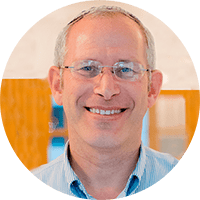

FROM THE EDITOR: SPRING 2024
In the 1970s, UJA’s rallying slogan was: “We are One.” Indeed, those were the days in which the Jewish community banded together over three core principles—commemoration of the Shoah, saving Soviet Jewry (and Syrian Jewry and Ethiopian Jewry), and Israel. The past fifty years have eroded each of those. People are tiring of the Shoah and are eager to move on from what Salo Baron termed the “lachrymose conception of Jewish history.” Soviet Jews left en masse in the 1990s with the fall of the Berlin Wall and the collapse of the Soviet Union, and Jews of Syria and Ethiopia have mostly migrated and resettled as well. And Israel, which is itself grappling with unparalleled polarization, no longer serves as a uniting factor for many North American Jews. All this leaves us, fifty years after the UJA banner, with a dramatic shift in punctuation:
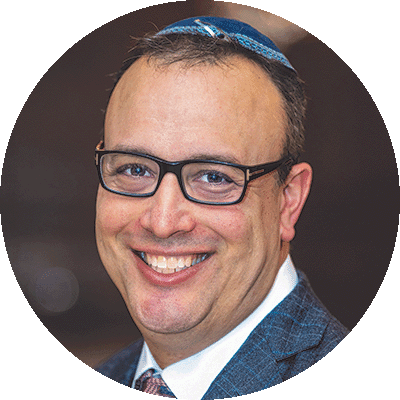

Accepting and Representing the Greater Jewish Community: an Interview with Jonathan Levy
We represent the Greater Toronto Jewish community, which means what we see in the Greater Toronto Jewish community is what we want to see here at our school. That can mean the whole range of diversity. It can be religious backgrounds, it can be a physical disability, it can be academic challenges. Of course, we do have limits in terms of what we can do and what we can’t do. We can’t be everything to everybody, but our goal is to be a diverse community that represents the Greater Toronto community. If you see it out there in the Toronto Jewish world, hopefully, you will see an element of that in our school as well,
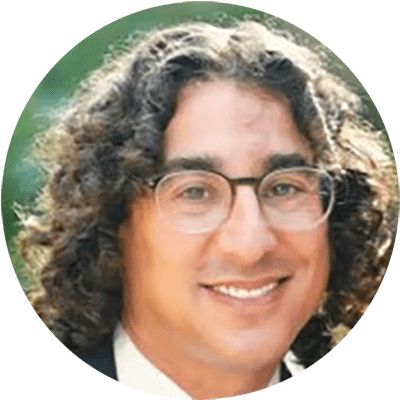

Aspiring to Expand our Circle of Inclusion: an Interview With Jon Mitzmacher
The opportunity is to ensure that our students come through their experience with an opportunity to learn about and learn with those who may be different than themselves, different across a variety of categories, whether it’s socio-economic, whether it’s learning differences, whether it’s with ideological differences, the value is in experiencing themselves as part of a diverse kehilla. The challenges, I would say, are divided into two broad categories. Most of the kinds of diversities that are challenging for schools boil down to economics;
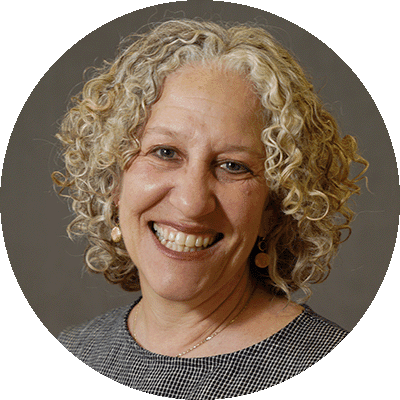

Embracing Diversity, Building a Stronger Jewish Future: an Interview with Nicole Nash
I’m going to start with opportunity because, to me, the opportunity outweighs any challenges. I’ve been in the field for a long time, and when you work in Jewish education, you meet so many children, parents, faculty, staff, and community members. I’ve had the privilege to see just how diverse the Jewish people are. When we are at our best, our diversity can be a real source of strength and celebration of Jewish peoplehood. When I say diversity, I think about it across ethnicity, race and nationality, Jewish identity and practice, interfaith family composition, sexual orientation, gender identity, life experience, socioeconomic status, worldviews—the list goes on and on.
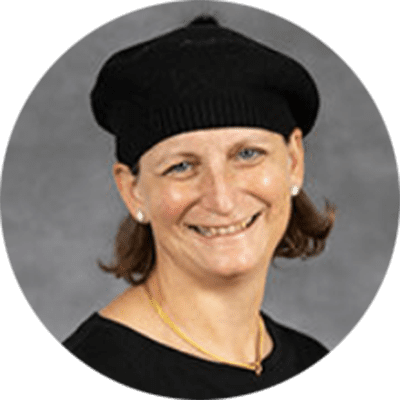

Cultivating Individuality and Cultivating Belonging: an Interview with CB Neugroschl
Diversity is both a deeply meaningful value and also a pop language word that means many different things to different people. When I was a Jewish philosophy teacher, diversity in our curriculum was about the relationship between Jews and non-Jews and about how we understand Hashem’s mission for both. When I speak about diversity today here in Teaneck, I recognize that we are talking about a very tiny slice of the diversity pie. The reality is that we are an all-girls Orthodox high school serving a fairly homogenous community. Of course, there are going to be nuanced differences, but the bottom line is that all those differences are within a fairly narrow band on the spectrum. So, here’s some background on where diversity is important in our context.
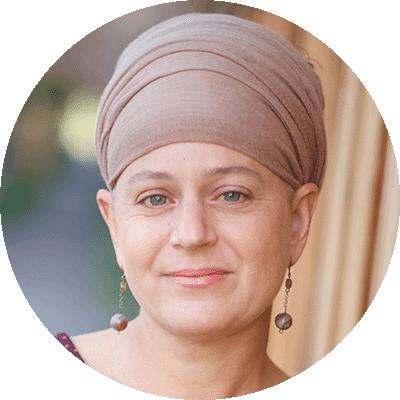

Ahavat Yisrael in a Small Jewish Community: an Interview with Tania Schweig
We’re a small community and our school has about 165 students. We’re quite stable in our enrollment and there are those who come and go because of the university. I feel like there’s a tremendous importance in small communities like ours and also a tremendous gift in these small communities. And I think our community has this special quality of ahavat Yisrael (love for our fellow Jewish people). I think that it’s important to say this because it is connected to the work of diversity. I really appreciate—like genuinely love—diversity. I like being in a place where it’s safe to be all kinds of things; it mirrors my own path. When I was in Pardes in Israel, I got to choose my path, I didn’t want to be in a box measuring up to someone else’s standards. For example, I wanted to be the person who’s becoming observant yet who is also asking questions about feminism.
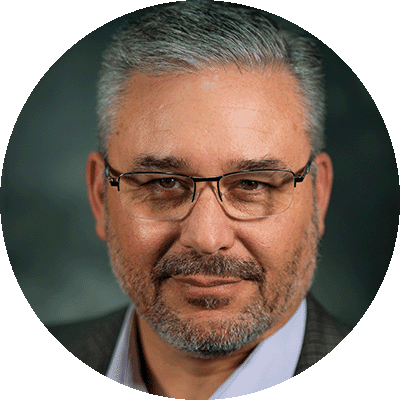

Diversity, Kindness, and Developing A+ Human Beings: an Interview with Mark Shpall
I try not to see it as a challenge. I really do see it as an opportunity because our students will continue to grow and go off to college, where they are going to be exposed to the real world, working with and interacting with people of all different backgrounds, ethnicities, learning abilities, appearances, etc. So we have the opportunity here to start or continue to process being open to that. We really try to do that from day one. In fact, we start school a week from today, but we are doing our retreats for our ninth and tenth graders starting now. Those retreats are all about the process of students opening themselves up to others in different ways and in different formats. We talk to our students about our core values, we want to talk about them so often that they start rolling their eyes at us because
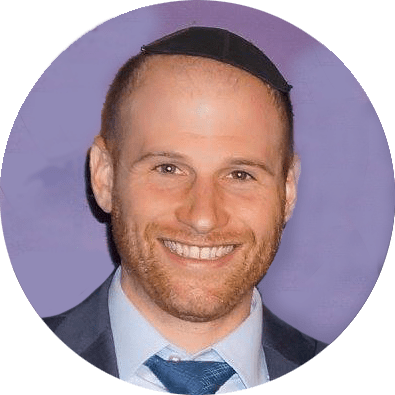

Compromise for the Sake of Community: an Interview with Sam Weinberg
I think that it’s important to remind ourselves that our diversity is defined in fairly narrow terms. We like to say that we are diverse, and that means that we span from traditional Conservative to right-wing Orthodox. Within that range, we like to celebrate our diversity, and that means that we can all learn from each other. That can be a challenge, since some in our community are very cautious about, if not openly hostile to, the idea of learning from those outside of their own group. It wasn’t always this way; I see more separatist trends developing in the last ten years, meaning that at least one segment of our population is growing increasingly insular. The community in general has become much more polarized, and some people only want to be with others who look and think like them.


